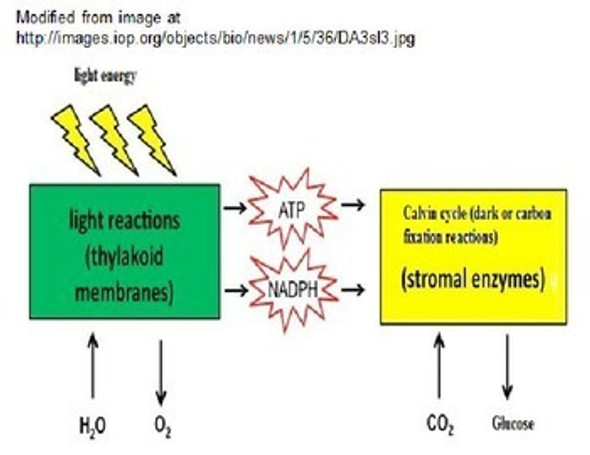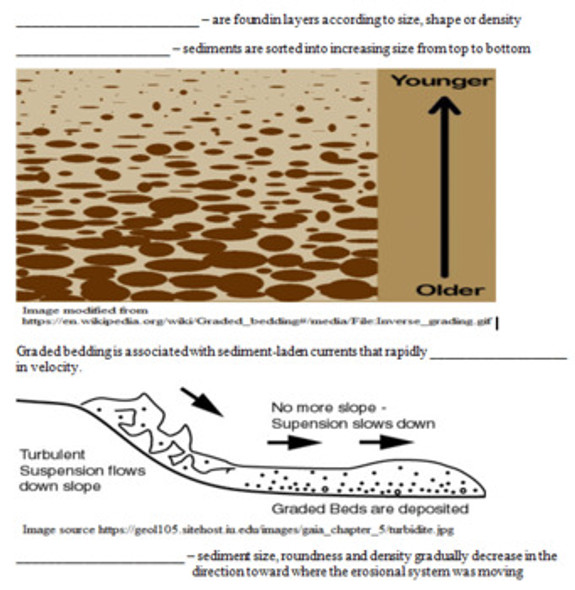Description
This zip file contains many different activities (61 pages of student handouts and a 2 PowerPoints with a total of 138 slides) which can be used to compose a unit involving Insolation and the Seasons. Concepts addressed but not limited to include the insolation interactions with the earth's surface, global warming, ozone depletion, angle, duration and intensity of insolation, seasonal influences, water as a climate moderator, heat lag, factors influencing atmospheric transparency and several other concepts. The learning objectives and specific contents of this set of materials is listed below. This set of activities is suited for many earth science, environmental science or physical science classes. With teacher guidance, many components in these materials are adaptable to an enriched middle level science curriculum.
All documents are in PowerPoint, word or pdf format to allow you to edit the documents to meet your needs. Many of the activities in this package of activities are well suited and easily modified for use in distance learning environments. Answer keys for all student activities are provided.
The specific contents of materials in the package are as follows:
- Learning Objectives (NGSS, Common Core and NY State Earth Science Core Curriculum) (4 pp.)
- Insolation and the Seasons Completion Notes (21 pp.)
- PowerPoint to accompany the completion notes with 5 closure/ticket out activities (64 slides)
- Insolation and the Seasons Worksheet 1 (39 questions) (10 pp.)
- Insolation and the Seasons Worksheet 2 (46 questions) (10 pp.)
- Insolation and the Seasons Exam (50 questions) (10 pp.)
- Insolation and the Seasons Jeopardy Game PowerPoint (31 questions) (74 slides)
- Solar Altitude and Insolation Observations Activity (3 pp.)
- Duration of Insolation Lab Activity (4 pp.)
NGSS Standards
HS-ESS2-2. Analyze geoscience data to make the claim that one change to Earth’s surface can create feedbacks that cause changes to other Earth systems.
HS-ESS2-4. Use a model to describe how variations in the flow of energy into and out of Earth’s systems result in changes in climate.
HS-ESS2-6. Develop a quantitative model to describe the cycling of carbon among the hydrosphere, atmosphere, geosphere, and biosphere.
HS-ESS2-7. Construct an argument based on evidence about the simultaneous coevolution of Earth’s systems and life on Earth.
Common Core State Standards Connections:
ELA/Literacy
WHST.9-12.1 Write arguments focused on discipline-specific content.
Mathematics
MP.2 Reason abstractly and quantitatively.
MP.4 Model with mathematics.
HSN-Q.A.2 Define appropriate quantities for the purpose of descriptive modeling.
NY State Earth Science/Physical Setting
STANDARD 1 Analysis, Inquiry, and Design
Key Idea 3: The observations made while testing proposed explanations, when analyzed using conventional and invented methods, provide new insights into phenomena.
STANDARD 6 Interconnectedness: Common Themes PATTERNS OF CHANGE:
Key Idea 5: Identifying patterns of change is necessary for making predictions about future behavior and conditions.
STANDARD 4
PERFORMANCE INDICATOR 2.2
Major Understandings:
2.2a Insolation (solar radiation) heats Earth’s surface and atmosphere unequally due to variations in:
• the intensity caused by differences in atmospheric transparency and angle of incidence which vary with time of day, latitude, and season
• characteristics of the materials absorbing the energy such as color, texture, transparency, state of matter, and specific heat
• duration, which varies with seasons and latitude.
2.2b The transfer of heat energy within the atmosphere, the hydrosphere, and Earth’s surface occurs as the result of radiation, convection, and conduction.
• Heating of Earth’s surface and atmosphere by the Sun drives convection within the atmosphere and oceans, producing winds and ocean currents.
2.2c A location’s climate is influenced by latitude, proximity to large bodies of water, ocean currents, prevailing winds, vegetative cover, elevation, and mountain ranges.
2.2d Temperature and precipitation patterns are altered by:
• natural events such as El Niño and volcanic eruptions
• human influences including deforestation, urbanization, and the production of greenhouse gases such as carbon dioxide and methane.
Learning Objectives
Upon the completion of this unit the student will be able to:
1. recognize that energy from the sun drives global wind patterns, ocean currents and life on the earth through photosynthesis.
2. describe the relationship between the temperature of a radiating object and the energy wavelengths given off by that object.
3. define the term insolation.
4. define the term intensity of insolation.
5. recognize that most of the energy that reaches the earth's surface from the sun is in the form of infrared and visible light radiation.
6. recognize the role of stratospheric ozone in blocking most of the ultraviolet radiation from the sun.
7. recognize that human production and use of compounds containing CFCs did a great amount of damage to stratospheric ozone.
8. list some compounds containing CFCs.
9. list several adverse health issues caused by the damage to the ozone layer.
10. describe where ozone holes were found.
11. briefly discuss the results of the Montreal Protocol.
12. describe the current status of stratospheric ozone destruction.
13. recognize that clouds reflect and scatter a great deal of insolation before it reaches the earth's surface.
14. define the term aerosols.
15. relate the concentration of aerosols in the atmosphere to atmospheric transparency and the amount of radiation able to reach the surface of the earth.
16. recognize that insolation hitting the earth's surface is partially absorbed and reflected as infrared radiation.
17. recognize that only about half of the incoming insolation makes it to the earth's surface.
18. explain how radiative heat balance is maintained.
19. list several examples of greenhouse gases (water vapor, carbon dioxide and methane)
20. explain how the increase in greenhouse gases is contributing to global warming.
21. state several ways to reduce the release of greenhouse gas concentrations in the atmosphere.
22. list several problems associated with global warming.
23. recognize the higher the angle of insolation, the greater the heating effect of the insolation.
24. recognize that rough and dark surfaces are better at absorbing insolation.
25. define the term albedo.
26. recognize that surfaces with a high albedo (like ice and snow covered areas) reflect most of their insolation.
27. recognize that water is able to absorb and hold more heat in the environment than surrounding land regions due to its high specific heat and heat of vaporization.
28. explain why water is a good climate moderator.
29. define transpiration and explain why it is a cooling process.
30. explain the difference between intensity of insolation and duration of insolation.
31. relate the angle of insolation to the heating effects of the sun.
32. describe the role the seasons play in changes in the angle of insolation.
33. describe changes in the angle of insolation as we move north or south of the equator.
34. define the term solar noon.
35. explain why the hottest and coldest days of the year usually lag behind the dates of maximum and minimum angle of insolation.
36. explain why the coldest time of the day is usually shortly after sunrise.
37. explain what is meant by El Nino and describe its influence on global climates.
38. explain what is meant by La Nina.
39. explain how the sunspot cycle can influence insolation.
40. describe how changes in the earth's orbit and tilt can influence insolation.
41. explain how the activity of volcanoes can influence insolation.
42. explain how desertification occurs and discuss how this influences climate where it occurs.
43. explain what is meant by urbanization and describe how this influences climate where it occurs.
44. discuss the causes of the seasons.
Terms of Use
Purchase of the product is for classroom use by the purchaser only. It is a violation for individuals, schools, and districts to redistribute or sell this item on the Internet or to other individuals. I do encourage you to use and edit these documents to suit your needs with your own students in distance learning environments.
This work is licensed under a Creative Commons Attribution-NonCommercial-ShareAlike 4.0 International License.

















